A record number of people visited Syngenta's Fields of Innovation 2022. There, on a four-hectare plot, this Dutch breeding company presented more than 550 varieties of 25 unique crops. For the fresh market, its vegetable portfolio includes several innovations like pointed Savoy cabbage and super-sweet white and bicolor sweet corn.
The iStem cauliflower variety, which won an award at Fruit Logistica 2022, will be in Plus supermarkets by Christmas, spokeswoman Brigitte van der Steen revealed. Besides new varieties, robust varieties, which are more resistant to increasingly extreme weather conditions, diseases, and insect pests, were also very much highlighted.
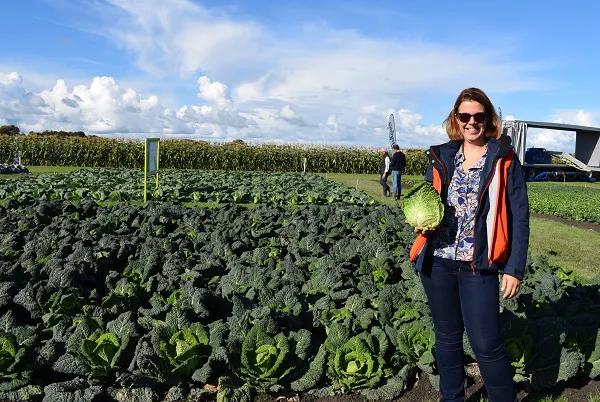
Brigitte van der Steen with Syngenta's pointed Savoy cabbage.
Different cabbage varieties are on the current superfoods list. Savoy cabbage is an 'old-fashioned' vegetable, so less popular among modern consumers.
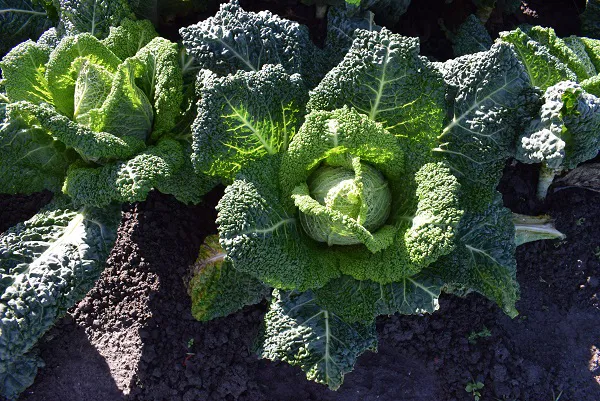 Pointed Savoy cabbage.
Pointed Savoy cabbage.
For growers, Syngenta has developed a Savoy cabbage variety that's noticeably pointed but still with the traditional variety's strong points.
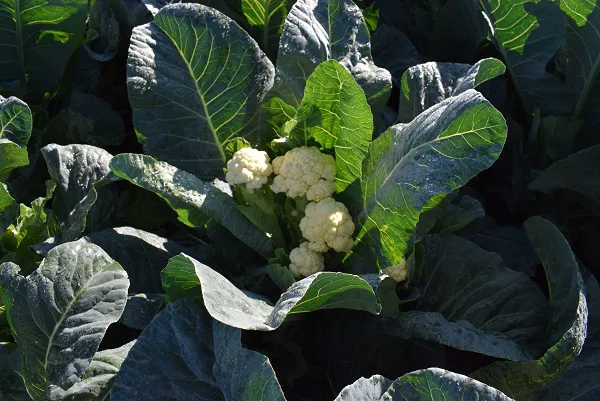
The stem cauliflower, iStem, took third place at the Fruit Logistica Awards. It has the advantage of a high yield for growers, and its sweet, nutty flavor appeals to consumers. Plus, it is rich in fiber, and vitamin C. iStem can be eaten whole, reducing food waste.
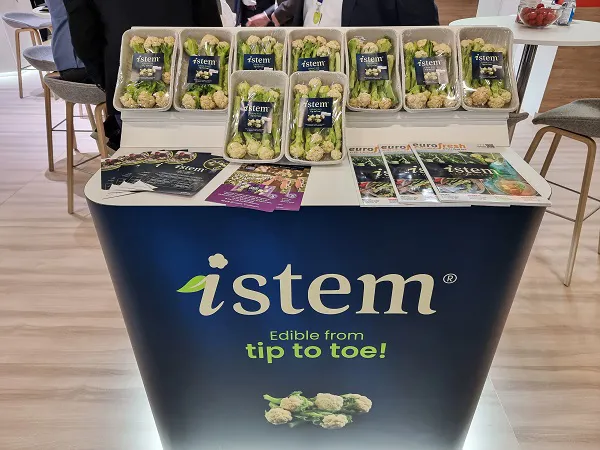
iStem retail presentation.
"For trend-setting growers, iStem is a delicious, innovative, new cauliflower. It grows almost identically to traditional cauliflower, which ensures an easy transition for growers considering this new opportunity," says Brigitte.
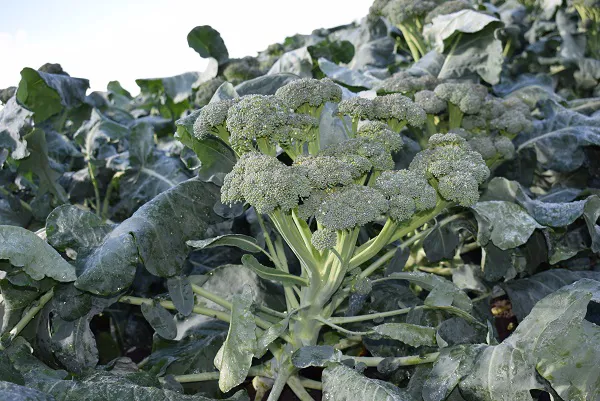
In broccoli, too, stem variety developments are progressing. Here, the focus is on the "one-cut" principle, which makes the variety less labour-intensive for growers.
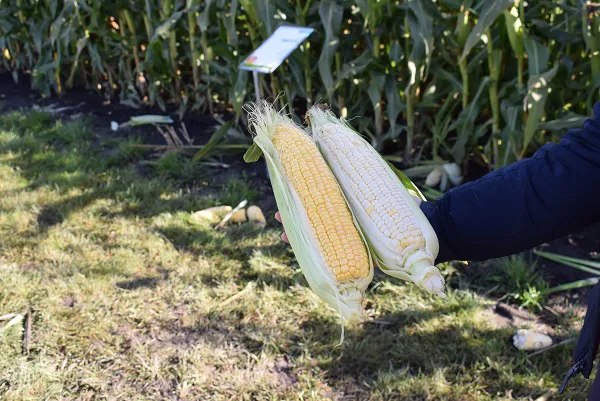 Syngenta thinks this white corn variety is a promising idea.
Syngenta thinks this white corn variety is a promising idea.
Then there is the white and bicolor sweet corn. Corn is very popular in America and is becoming increasingly so in Europe. Syngenta has developed white and bicolor sweet corn varieties. These varieties' striking colors and super-sweet flavors offer high hopes.
"White is a very distinctive color you hardly see on the vegetable shelf. Once people experience that sweet taste, they'll definitely keep coming back. You can eat this corn raw, like fruit, but it's also perfect, cooked or on the barbecue. Availability won't be a problem as these varieties perform well in all climates," say Syngenta's experts.
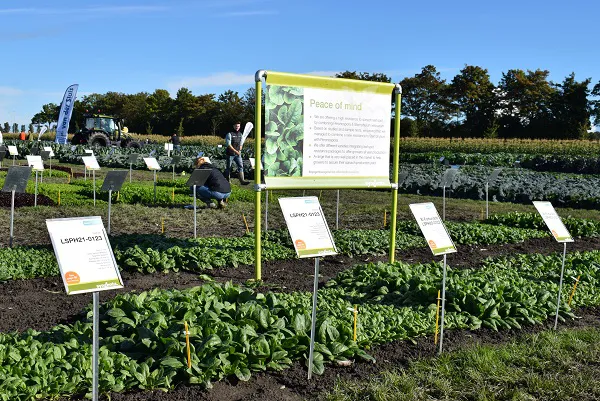 Different spinach varieties.
Different spinach varieties.
Though it is a highly sensitive crop, spinach is enjoying growing popularity among consumers. Syngenta agronomists shared a wide range of spinach varieties that meet processing and fresh market demands. Their varieties combine field performance - such as beautiful, highly diverse leaf shapes, colors, upright plants, thick leaves, and good yield potential - with high disease resistance to things like Stemphylium and Peronospora.
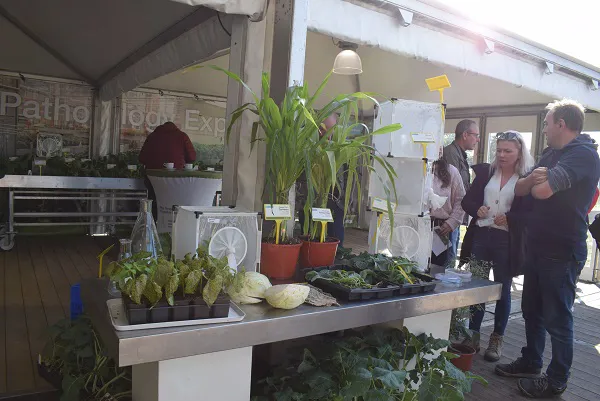 Plant Pathology Experience.
Plant Pathology Experience.
Besides variety innovations, at this Open Fields Days edition, Syngenta also shared some of its core business via the Plant Pathology Experience. Here they explained the many steps they take to successfully introduce resistant varieties. In Brassica crops, for example, it takes 12 to 20 years of research, development, and trials to bring new varieties to growers' fields.
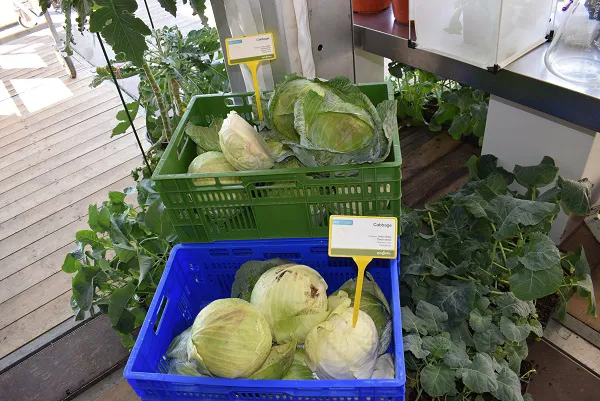
Pests like thrip cause huge headaches in cabbage cultivation.
"Breeding for resistance is as much an art as a science," says Jan Bruin, Syngenta Trait Development Lead, Brassicas. "The science is clear in every step. We combine alleles, work with plant biology and understand genetics, to name a small part of that science. The trick is to use all that information to create value. Finding those combinations often requires creativity and understanding our clients and the general public."
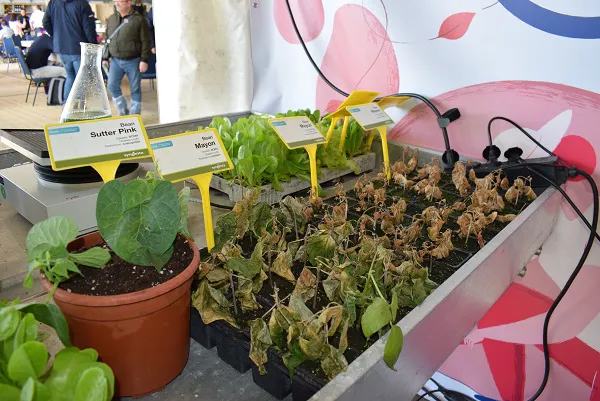
Plants are intentionally made sick to be able to select the resistant ones.
Soil health and diversity in the TechZone
For the first time, this event included a TechZone, featuring several cutting-edge technologies that can help growers and farmers be more productive, profitable, and sustainable. Syngenta experts demonstrated things like the Interra® Scan, Syngenta's first soil health service. Via new scanning technology that delivers soil nutrient, texture, and carbon data, it maps with up to 27 layers of information. Growers can use this to determine soil conditions and nutrient support accurately.
"Interra® Scan produces high-resolution maps which growers can access on their computers through the Interra® Scan platform," explains Mark Hall, Head of Sustainability and Responsible Business. "The sensing technology maps all common nutrient properties, including pH, soil texture, organic matter, carbon and cation exchange capacity, as well as elevation and plant water availability. Together, those provide more than 800 data reference points per hectare. It's like a full medical check-up, but for soil."
The Biodiversity sensor was first launched at the World Biodiversity Forum. It offers 24/7 biodiversity monitoring that automatically, independently, and reliably identifies most species. That data can help show what is present in present-day fields and what that means for general biodiversity. The TechZone also included the EDAPHOLOG soil insect sensor that helps show fields' soil health and the overall diversity of ecosystems.
For more information:
Syngenta
Website: www.syngenta.nl
